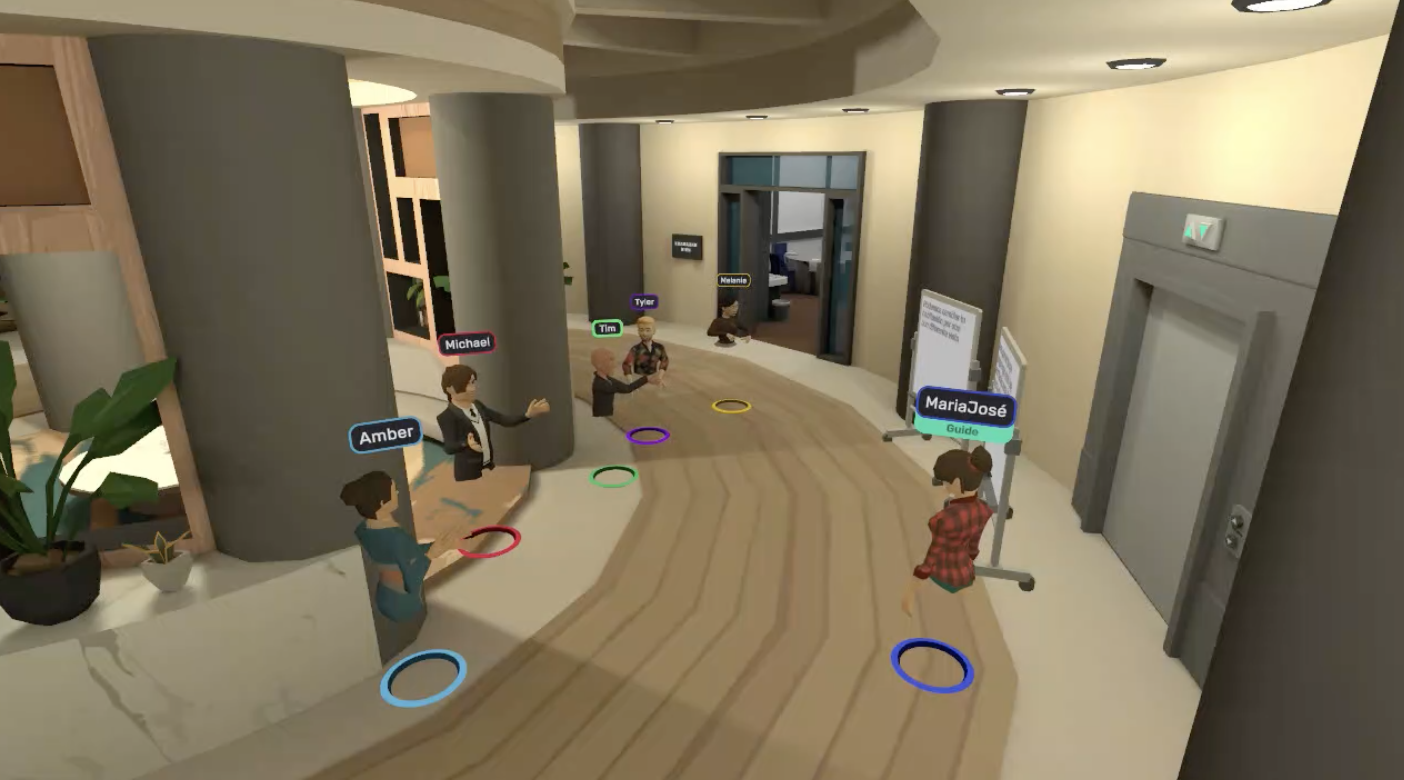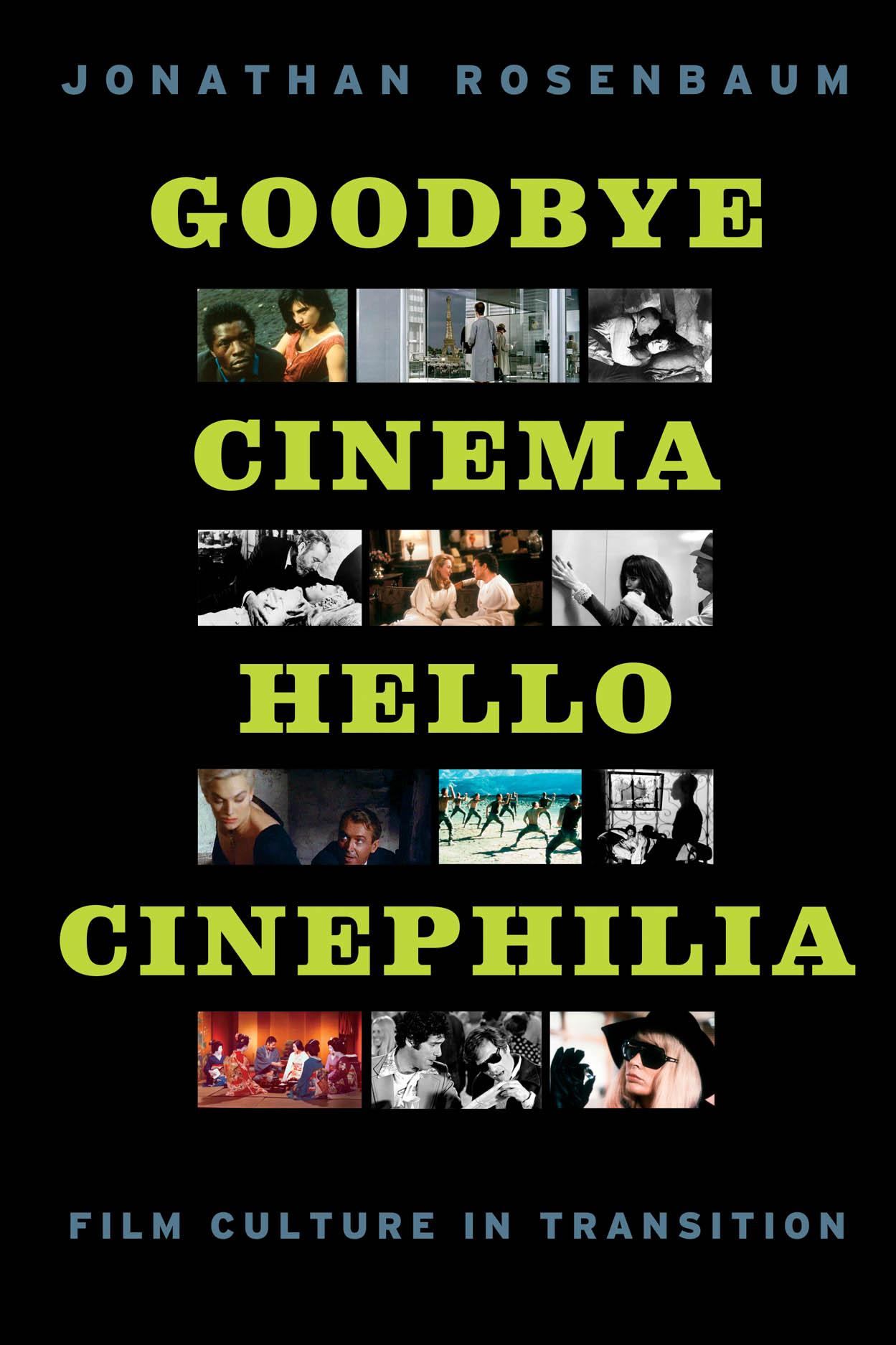Beyond The Classroom: The Rise of Experiential Learning in the Digital Age
Education, in its most traditional form, has been primarily confined within the walls of schools and institutions. The familiar images of students seated in uniform rows, attentive to an instructor at the forefront, may soon be a relic of a bygone era. As we forge ahead into the digital age, an educational revolution is being quietly championed by advocates of experiential learning. This pedagogical shift emphasizes ‘learning by doing,’ and it is gaining significant traction as an alternative to conventional educational methods.
What is Experiential Learning, and Why Now?
Experiential learning is an approach that integrates direct experience with the learning environment and process. It encourages learners to engage actively with the material, often involving activities like internships, study abroad programs, field work, and service learning. The concept is far from novel; it draws inspiration from the work of educational theorists like John Dewey, who argued that learning is better retained when it is associated with an active pursuit of knowledge rather than passive absorption.
However, what propels experiential learning into the spotlight now is the synergy between its principles and the capabilities afforded by modern technology. Digital platforms have made it possible to broaden one’s educational pursuits beyond physical boundaries. Virtual reality (VR), augmented reality (AR), and various online tools can simulate experiences that were once accessible to a privileged few. Consequently, learners are no longer passive recipients of information; they are explorers and creators, shaping their learning journeys in unprecedented ways.
Impact on Skill Acquisition and Employability
The global economy and workplace dynamics are evolving at an inexorable pace. Employers increasingly value soft skills like problem-solving, communication, and adaptability—skills that are effectively honed through experiential learning. Traditional education has faced criticism for its frequent misalignment with industry needs, often leading to a skills gap upon graduation. Experiential learning initiatives aim to bridge this gap by providing students with a head start in developing practical skills and understanding the nuances of working in real-world environments.
Moreover, as the gig economy flourishes and freelancing becomes more prevalent, self-directed learning is becoming a critical competency. Experiential learning imbues students with the autonomy to pursue learning opportunities that align with their career aspirations and adapt to an ever-changing job market.
The Challenge of Inclusivity and Access
While the promise of experiential learning is alluring, its critics point out that there is a disparity in access. Not all students have the economic means or social capital to take advantage of internships or global travel. It is imperative for educational institutions to be cognizant of these inequalities and work to democratize experiential learning opportunities. Scholarships, virtual internships, and local community projects are viable methods to extend the reach of experiential education, ensuring it does not remain the province of a select few.
Furthermore, the integration of technology into experiential learning must be handled judiciously. The 'digital divide'—the gap between those who have ready access to computers and the internet, and those who do not—could exacerbate educational inequalities if reliance on technology is not tempered with support for underserved communities.
Conclusion of Part One:
The rise of experiential learning represents a watershed moment in the evolution of education. As the world becomes increasingly interconnected and digitalized, the ways in which we approach teaching and learning must also adapt. The challenge lies in crafting an educational paradigm that not only emphasizes real-world engagement and skill acquisition but does so inclusively, leaving no learner behind. As we continue to explore this terrain, it becomes ever more essential to remain vigilant concerning access and equity, ensuring that the transformative potential of experiential learning is realized for all students.Building a Framework for Effective Experiential Learning
As the momentum for experiential learning gathers, the question arises: How can we ensure that it is implemented effectively? Constructing a robust framework is essential for experiential learning to fulfill its potential. This framework must be carefully designed to support students, educators, and institutions in navigating the challenges and maximizing the benefits of this educational approach.
Developing Reflective Practitioners
Central to the success of experiential learning is the development of reflective practitioners—learners who engage in the cyclical process of doing, reflecting, learning, and applying. Reflection allows students to analyze their experiences critically, assimilate new knowledge, and make connections to broader theoretical contexts. Facilitators of experiential learning must therefore prioritize reflection as a core component, ensuring that students take time to consider the impact and implications of their experiences.
Incorporating reflection can be done through journaling, discussions, portfolios, and feedback sessions. These activities compel students to think deeper about the skills they are developing and the professional paths they wish to pursue.
Creating Collaborative Partnerships
The effectiveness of experiential learning is amplified when educational institutions collaborate with industry partners, nonprofit organizations, and local communities. Such partnerships provide meaningful opportunities for students to apply their knowledge in real-world settings. They also allow organizations to gain fresh perspectives and potentially recruit future talent.
However, the nature of these collaborations should not be purely transactional. Partnerships need to be cultivated with a sense of mutual benefit and sustainability, ensuring that they are ethical and socially responsible. Students can be instrumental in fostering these partnerships, often advocating for community engagement initiatives and bringing innovative ideas to the table.
Leveraging Technological Innovations
Technology plays a pivotal role in expanding the scope of experiential learning. Through simulations, gamified learning experiences, and virtual internships, even those students who face geographical and financial constraints can engage with experiential learning. Virtual reality, for instance, can simulate complex medical procedures for students, allowing for hands-on practice without risk to patients. Similarly, online internships can provide practical experience and networking opportunities, breaking down barriers to entry in certain professions.
However, for technology to be truly effective, it needs to be accessible and integrated seamlessly into the curriculum. Educators need to be adequately trained to employ these tools and shepherd students in using them meaningfully.
Assessing Learning Outcomes
Assessment in experiential learning requires a different approach from traditional exams and grades. It should capture the multifaceted nature of the experiences and the competencies developed. A combination of self-assessment, peer evaluation, and mentor feedback is often most suitable for this purpose.
Educators must define clear objectives and outcomes for experiential learning activities, providing students with a roadmap to gauge their progress. Rubrics that evaluate skills such as teamwork, leadership, creativity, and ethical reasoning can be particularly useful. These assessments must be communicated transparently to students, guiding them in their journey and ensuring that they understand how they will be evaluated.
Championing Equity and Inclusion
As discussed, ensuring equity in experiential learning is a profound challenge. It goes beyond merely providing opportunities—it requires creating a culture within educational institutions that is deeply sensitive to the diverse needs and backgrounds of all students. It means offering support services, such as mentoring and advising, tailored to the unique challenges faced by underrepresented groups, ensuring that the benefits of experiential learning are equitably distributed.
Investments in technology should also be matched with investments in people—offering training, resources, and support to both learners and educators. The key is to make experiential learning not an exclusive feature of some educational programs but a fundamental tenet of all of them, accessible to every student, regardless of their starting point.
Conclusion of Part Two:
As we reflect on the immersive and transformative promise of experiential learning, it is evident that this approach has the potential to reshape the landscape of education. It can forge connections between theoretical knowledge and practical application, between institutions and the communities they serve, and between technology and its humanistic potential. But the shift towards experiential learning must be undertaken thoughtfully, with an emphasis on inclusivity, reflection, and meaningful assessment. In doing so, we can cultivate not just more knowledgeable students, but more engaged, innovative, and adaptable citizens, ready to contribute to a rapidly evolving world.







Comments